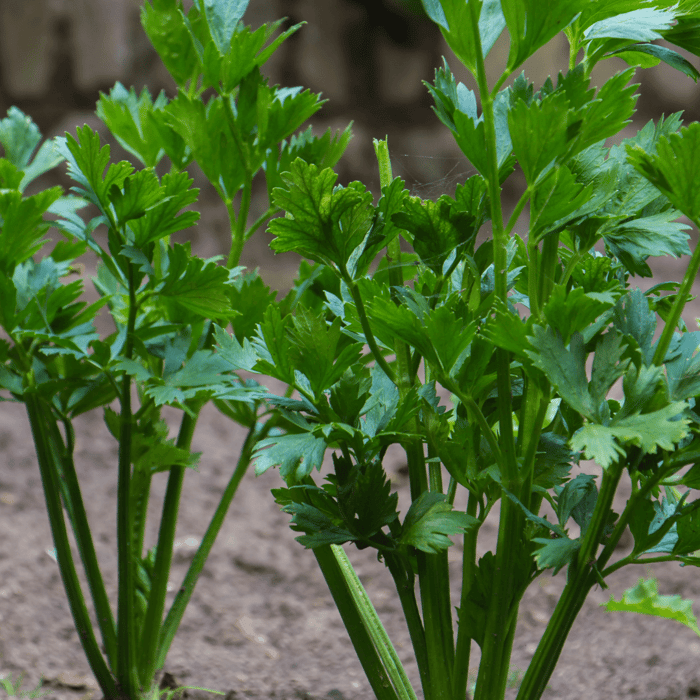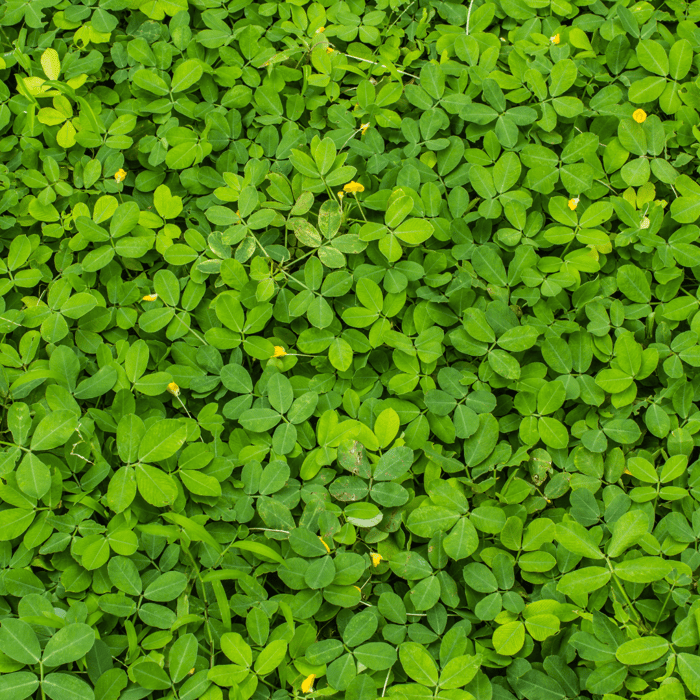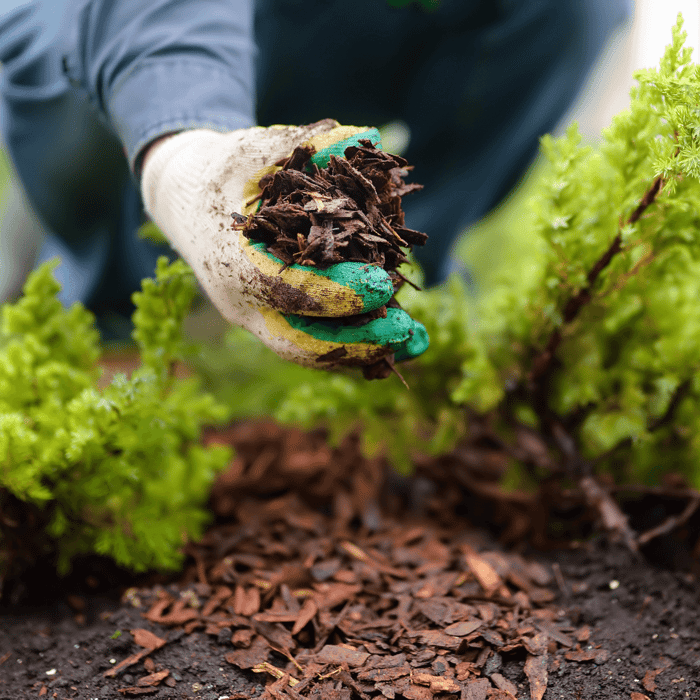Companion planting is a gardening technique where different plants are grown together to enhance each other's growth and repel pests. This practice has been around for centuries and has proven to be very effective in reducing the use of pesticides while promoting healthier plant growth. Figuring out the best companion plants for celery will help you have a more practical garden.
One crop that can benefit from companion planting is celery, a nutritious vegetable that requires a lot of care and attention. Celery is a slow-growing crop that needs consistent moisture, well-draining soil, and plenty of nutrients.
It also attracts many pests like aphids, slugs, snails, carrot flies, and cabbage worms that can damage or kill plants if not controlled. That's why growing celery with companion plants offers many advantages - it enhances soil fertility, creates shade or support for the celery plant, and attracts beneficial insects that prey on pests harmful to celery while repelling those who harm it.
Why Celery Needs Companion Plants
Celery seeds and celery plants require a nutrient-rich environment to grow strong stalks with leaves full of flavor and aroma in your vegetable garden. This plant needs high nitrogen levels to produce healthy leaves and calcium for good root development. Unfortunately, the cultivation of celery exhausts the soil quickly because it uses up these nutrients fast.
That is where companion planting comes in handy. For instance, beans are one excellent option because they fix nitrogen in the soil through their root system by drawing nitrogen gas from the air into small nodules on their roots, where bacteria convert it into a usable form for other plants in the garden.
Companion planting helps reduce soil-borne diseases by disrupting pest cycles and attracting beneficial insects like bees or ladybugs who prey on harmful bugs like aphids while aiding pollination. Moreover, by planting celery near other vegetables with similar growing requirements (like tomatoes), you can create microclimates within your garden beds that better suit plant species' unique preferences while providing support structures for vining plants like beans or nasturtiums.
Companion planting adds to your garden's visual appeal by adding color and variety with plants with different heights, textures, and shapes. It creates a more natural-looking environment that can attract pollinators and other beneficial insects while also serving as an attractive space for you to spend time in.
Companion planting is a great way to help your celery thrive while reducing the need for chemical pesticides. You can create a healthy ecosystem that promotes growth and keeps pests at bay by planting celery with other compatible vegetables like tomatoes, onions, beans, dill, or nasturtiums.
Best Companion Plants for Celery
Tomatoes:
Tomatoes are one of the best companion plants for celery. They help repel pests commonly attacking celery, such as aphids and spider mites. The tomato plant contains a chemical called solanine, which is toxic to these pests.
Additionally, tomatoes can provide shade for celery during those hot summer months when the sun beats down on your garden. The dense foliage of the tomato plant can help protect your celery from the sun's harsh rays and keep it cool.
Tomato Seed Assortment | 8 Variety Pack
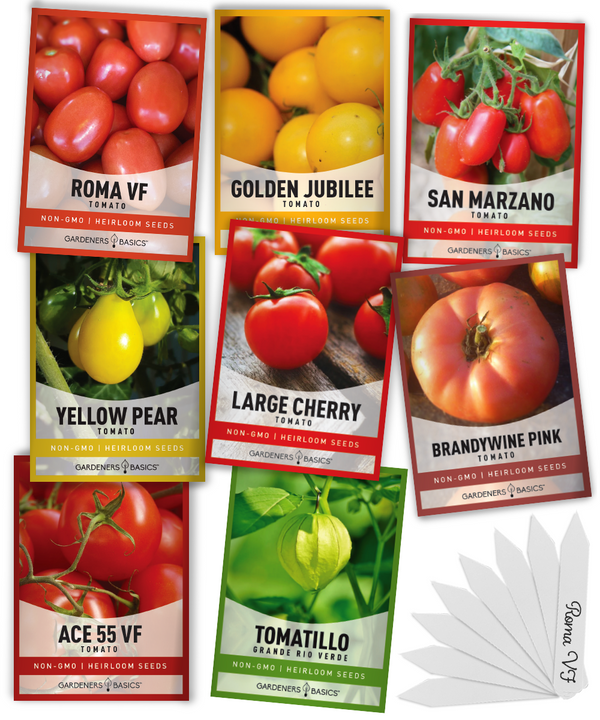
$15.95
8 Tomato Seeds Variety Pack – Heirloom, Non-Hybrid, Open-Pollinated, Non-GMO – Perfect for Home Gardens! Unlock the secrets to a thriving tomato garden with our premium 8 Tomato Seeds Variety Pack! Carefully curated for tomato lovers and gardening enthusiasts alike, this… read more
Nasturtiums:
Nasturtiums are not only beautiful plants but also great companions for celery. They attract beneficial insects like ladybugs and lacewings, which prey on pests harmful to celery, such as aphids and whiteflies. The bright flowers of nasturtiums also add aesthetic appeal to your garden with their vibrant colors ranging from yellow to orange to red. Plant some nasturtium seeds near your lettuce to attract insects that will help your garden.
Alaska Mix Nasturtium Seeds
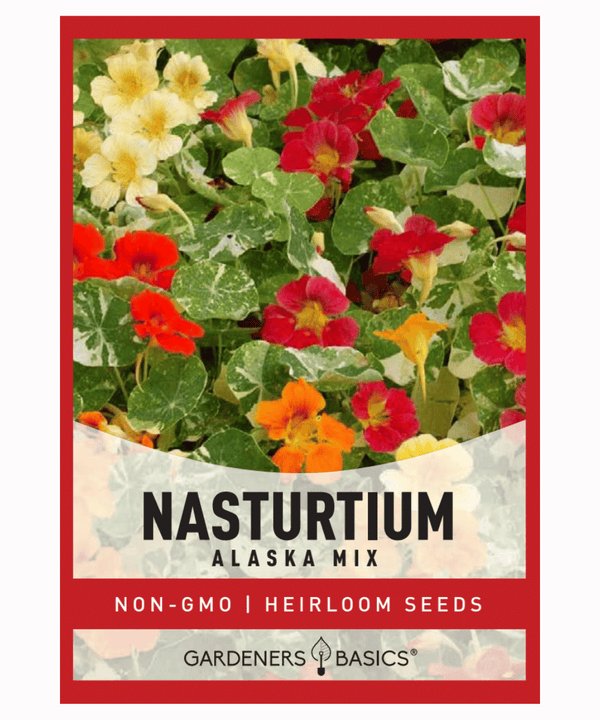
$2.49
Alaska Mix Nasturtium Seeds – Colorful Edible Flowers for Your Garden Introducing Alaska Mix Nasturtium Seeds – perfect for gardeners who want to grow stunning, colorful flowers with vibrant, variegated foliage! Our heirloom, non-GMO, non-hybrid, and open-pollinated seeds ensure top quality… read more
Dill:
Dill is another fantastic companion plant for celery due to its ability to attract predatory wasps that feed on common celery pests like aphids and caterpillars. Dill's tall, feathery foliage can also provide shade for your growing celery while allowing enough sunlight to reach it. To get the most out of dill as a companion plant, try interplanting it with your rows of celery. Planting dill seeds in a dedicated spot is a good approach because dill can spread quite easily.
Bouquet Dill Seeds
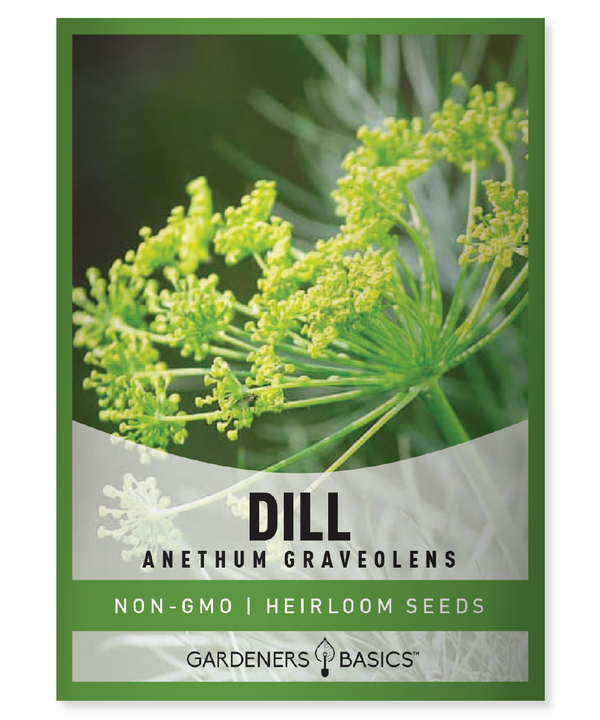
$2.49
Bouquet Dill Seeds - Heirloom, Non-GMO, Open-Pollinated Herb for Culinary & Pollinator Gardens Grow your garden with Bouquet Dill Seeds, a versatile heirloom herb perfect for culinary and ornamental use. These heirloom, non-GMO, non-hybrid, open-pollinated dill seeds ensure a high-quality,… read more
Onions:
Onion Seed Assortment | 8 Variety Pack
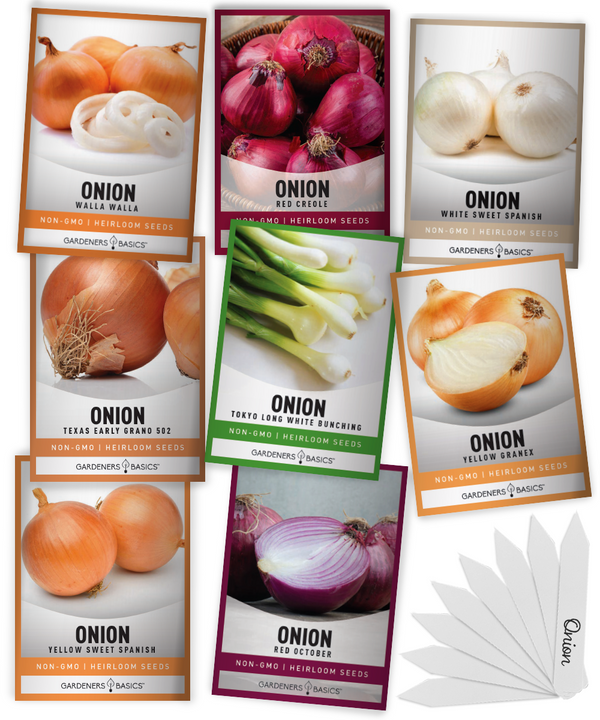
$15.95
Complete Onion Seeds Collection: 8 Non-Hybrid, Heirloom, Non-GMO Seed Varieties Introducing our 8 Onion Seeds Variety Pack – the perfect collection for home gardeners, chefs, and onion enthusiasts looking to grow a diverse range of flavorful onions! Each variety in… read more
Beans:
Kentucky Blue Pole Bean Seeds
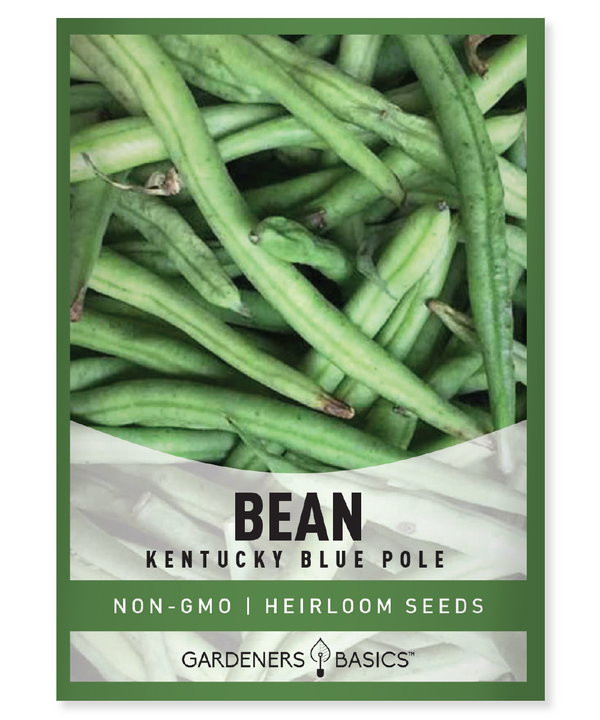
$2.49
Kentucky Blue Pole Bean Seeds - Heirloom, Non-GMO, Non-Hybrid, Open-Pollinated Discover the superior quality of Kentucky Blue Pole Bean seeds, perfect for gardeners seeking productive, vigorous climbing beans with exceptional flavor. Our heirloom, non-GMO, non-hybrid, open-pollinated seeds ensure a reliable… read more
Conclusion
Companion planting is an effective way to maximize your garden's productivity and reduce pest problems. Regarding growing celery, several compatible companion plants can help keep it healthy and strong. Whether you choose tomatoes for pest control or dill for attracting predatory wasps, these companions will create a symbiotic relationship with your celery crop.
By incorporating these companion plants into your garden plan, you'll not only improve the health of your celeries but also add diversity to the look and feel of your garden. So go ahead and experiment with different combinations of these companion plants - your celeries will thank you!
FAQ: Best Celery Companion for Plants
-
What are companion plants?
Companion plants are grown alongside other plants to provide mutual benefits such as increased growth, improved flavor, pest control, and healthier plants.
-
Why should I consider companion planting with celery?
Companion planting with celery can help improve its growth, flavor, and health while providing benefits to companion plants. It can also help reduce pests and diseases, making your garden more resilient.
-
Which plants are the best companions for celery?
Some of the best companion plants for celery include:
-
How do these companion plants help celery?
These plants can benefit celery in various ways:
- Tomatoes can help repel celery pests like carrot flies.
- Beans help fix nitrogen in the soil, which can improve celery growth.
- Cabbage family plants can help deter pests that attack celery.
- Leeks and onions help repel pests and improve the soil structure.
- Spinach provides ground cover, helping to retain moisture in the soil.
- Nasturtiums and cosmos can attract beneficial insects that prey on celery pests.
-
Are there any plants I should avoid planting near celery?
Yes, it's best to avoid planting celery near:
- Corn
- Potatoes
- Carrots
- Parsley
- Aster family plants (e.g., sunflowers, marigolds)
These plants can compete for nutrients or attract pests that can harm celery.
-
What is the ideal spacing for celery and its companion plants?
Celery should be about 10-12 inches apart, while companion plants should be spaced according to their specific requirements. Make sure to leave enough space for air circulation and sunlight penetration.
-
Can I plant multiple companion plants with celery?
Yes, you can plant a mix of companion plants with celery, but consider each plant's specific needs and spacing requirements. Planting diverse companion plants can create a more balanced and resilient garden ecosystem.
-
When should I plant celery and its companion plants?
Celery is a cool-season crop, so it's best to plant it in early spring or fall when temperatures are mild. Companion plants should be planted according to their specific planting times. Align their planting schedules to ensure they grow together and provide the desired benefits.
-
How do I maintain a healthy garden with celery companion plants?
To maintain a healthy garden with celery and its companion plants, follow these tips:
- Use organic mulch to retain moisture and suppress weeds.
- Rotate crops annually to prevent the build-up of pests and diseases.
- Regularly inspect your garden for pests and diseases, and address issues promptly.
- Water consistently to keep the soil evenly moist, but avoid overwatering.
- Add organic matter, such as compost or aged manure, to improve soil fertility.
-
Can companion planting with celery help reduce the need for chemical pesticides and fertilizers?
Yes, companion planting can help reduce the need for chemical pesticides and fertilizers by promoting natural pest control, improving soil fertility, and increasing overall plant health. However, it's essential to maintain proper garden care practices and monitor your plants' health to address any issues.



